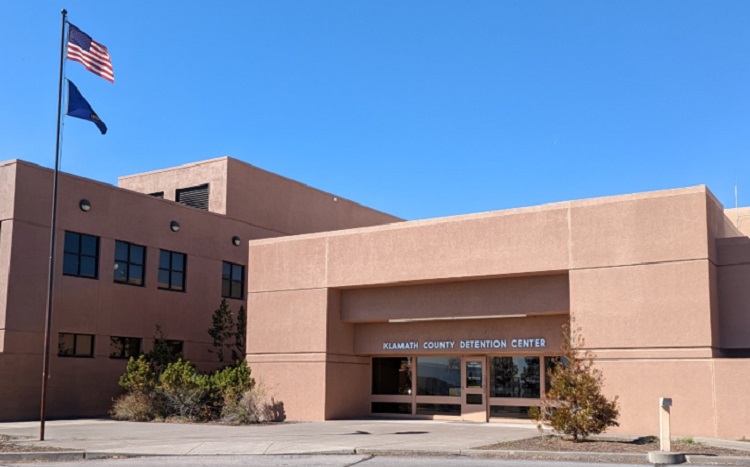Klamath County, Ore. – Klamath County is taking crucial steps to address ongoing staffing shortages at its correctional facilities, which have severely impacted the operation of its county jail. Since June 2024, the jail has been operating at a reduced capacity, with only one of its three pods open due to a shortage of correctional staff. This downsized operation has limited the facility’s ability to house inmates, reducing its capacity from 150 to just 50, sparking concerns about public safety and placing a strain on law enforcement across the county.
Recent leadership changes have brought renewed focus to resolving these issues. Andrew Nichols, who recently transitioned from the Sheriff’s Office to the Klamath County Board of Commissioners, has made it a priority to address the jail’s challenges. Nichols, who has worked closely with other local leaders, including Sheriff Mike Smith, Sheriff Shane Mitchell, District Attorney Schutt, and Community Corrections Director Aaron Hartman, emphasized the importance of maintaining public safety, even amid ongoing budget cuts across various county departments.
“Despite the financial challenges, public safety is our top priority,” said Nichols. “We’re making cuts in other departments but not in law enforcement or corrections.”
One of the most pressing challenges the county faced was the potential loss of a critical $1.2 million grant from Community Corrections. The grant was at risk due to the reduced jail capacity. To avoid losing the funding, county officials developed a corrective action plan, which included reopening the second pod at the jail. The second pod was successfully reopened on March 16, bringing the facility’s capacity up to 99 inmates. This move marks a significant step forward for Klamath County, as the jail aims to eventually reopen all its pods by late July or early August, following the completion of training for five to six new correctional deputies.
Nichols highlighted the importance of having a fully functional jail in maintaining public safety. “That jail is the cornerstone of corrections and public safety,” he said. “When we have a cycle of arresting someone, letting them out, and repeating that process, it strains law enforcement. Officers spend far too much time on the same individuals, and it creates a snowball effect. Reopening parts of the jail is a step in the right direction.”
As the county works to stabilize its correctional system, voters in Eastern Klamath County will be asked to approve a new levy on the May ballot to fund a Sheriff’s District. The district would help address crime in areas often targeted by squatters and criminal activity, particularly in regions with absentee landowners. Eastern Klamath County has approximately 17,000 tax lots, with 11,000 owned by individuals who live out of state. Many of these properties are undeveloped, making them prime targets for criminal activity. The proposed levy would cost $90 per tax lot, which county officials argue is a fair burden for landowners, especially absentee owners, who do not actively contribute to the community.
Nichols explained that this new funding model is designed to ensure that the financial burden is shared equitably. “Instead of basing the levy on property value, we are basing it on individual tax lots, which places a small but fair burden on all landowners,” he said. “This way, absentee owners contribute to maintaining public safety in the county, while local residents are not unfairly burdened.”
If the levy passes, county leaders are hopeful it will provide the necessary funding to not only support the Sheriff’s District but also allow the county to expand its model to other areas facing similar challenges. Nichols emphasized the importance of providing equitable services to both urban and rural residents, acknowledging that urban areas often absorb more resources, leaving rural areas underserved.
With the county’s jail operations slowly returning to full capacity and a potential new revenue stream on the horizon, Klamath County is working to strengthen its correctional facilities and improve public safety in the face of ongoing challenges. However, Nichols cautioned that without additional funding, the county could once again face reductions in jail operations and patrol services within the next two years.
“If we don’t secure this funding, within two years, we’ll be back to reduced jail populations and limited patrol services,” Nichols warned.

